The genital or sexual organs secure the ability to reproduce and thus, the survival of the kind by recombination of genetic material.
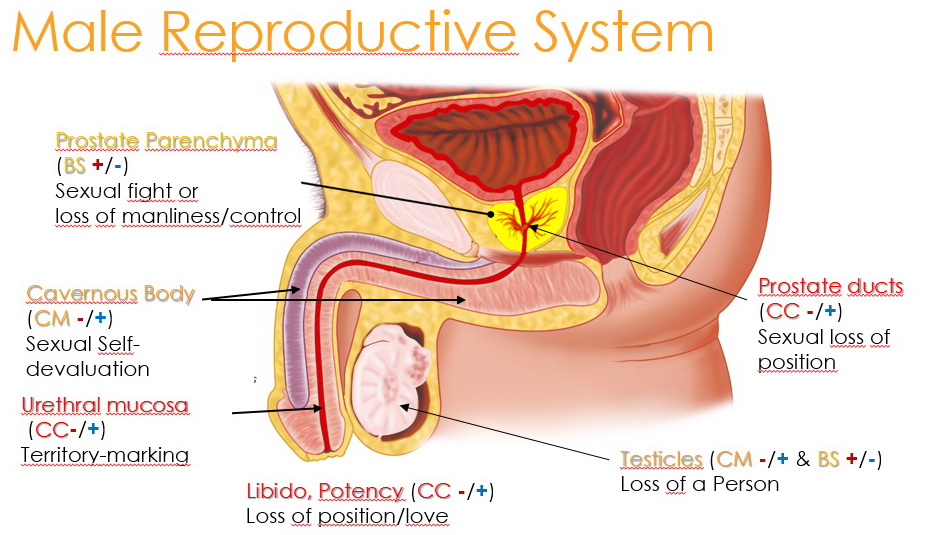
Male
The major reproductive organs of the male can be grouped into three categories.
- Sperm production and storage .
Production takes place in the testes which are housed in the temperature regulating scrotum, immature sperm then travel to the epididymis for development and storage.
- Ejaculate production
The seminal vesicle, prostate gland, and Cowper’s gland secrete the medium for lubrication and transport of sperm.
- Copulation
The vas deferens connect testicles and urethra in the area of the prostate: The urethra has a double function of urination and ejaculation. The penis features cavernous bodies for erection and stiffening in order to copulate. The erection happens upon sexual arousal, as a neuronal and hormonal reaction triggered by signals of the limbic system.
The male sexual hormones (androgens) are produced in testes and adrenal cortex, and induce the development of secondary sexual characteristics: larger, more muscular stature, deepened voice, facial and body hair, broad shoulders, and development of an adam’s apple (thyroid cartilage in the larynx).
Female
The female reproductive organs fulfill the functions of:
- Production and storage of germ cells
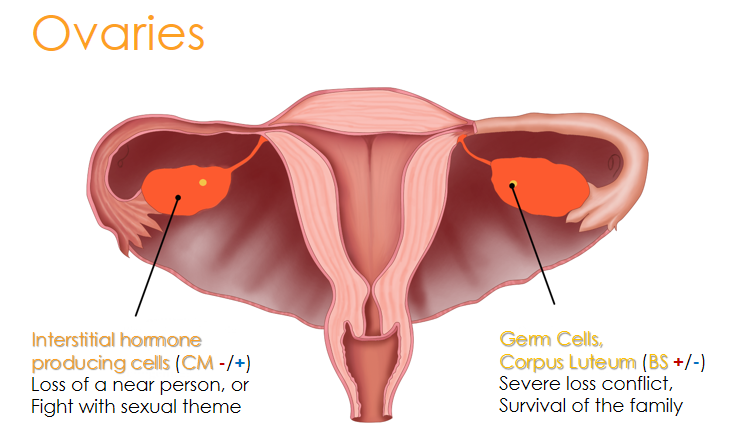
Each ovary contains hundreds of egg cells. Approximately every 28 days, the pituitary gland releases luteinizing hormone that stimulates some of the ova to develop and grow. One ovum is released and it passes through the fallopian tube into the uterus. Hormones produced by the ovaries prepare the uterus to receive the ovum. The lining of the uterus, called the endometrium, and unfertilized ova are shed each cycle through the process of menstruation.
- Conception and pregnancy
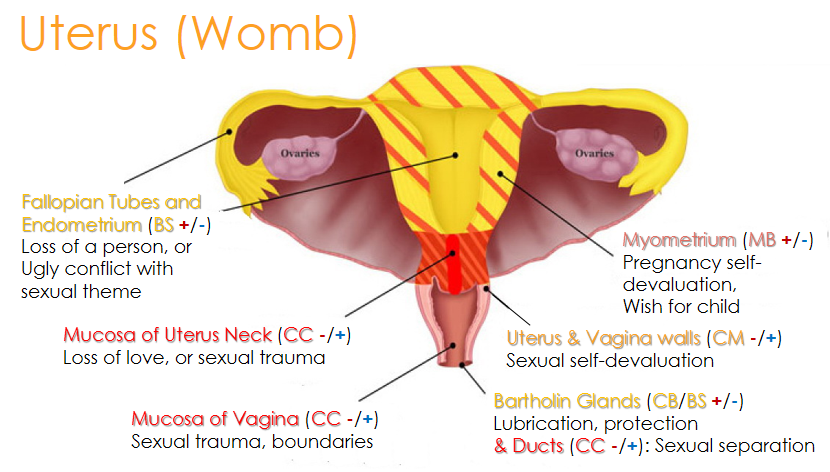
The outer genital organs are the vulva, the vaginal opening and the clitoris. Sexual arousal leads to receptiveness for the male penis and the secretion of lubricant in the Bartholin glands. When the ovum is fertilized by sperm, it attaches to the endometrium of the uterus, and the fetus develops.
- Nourishment and equipment of the baby
In the womb, the baby is connected to the mother’s bloodstream via the umbilical cord. After birth, the female breast produces milk to nourish the baby and to support the building up of it’s immune system by maternal passive immunity.
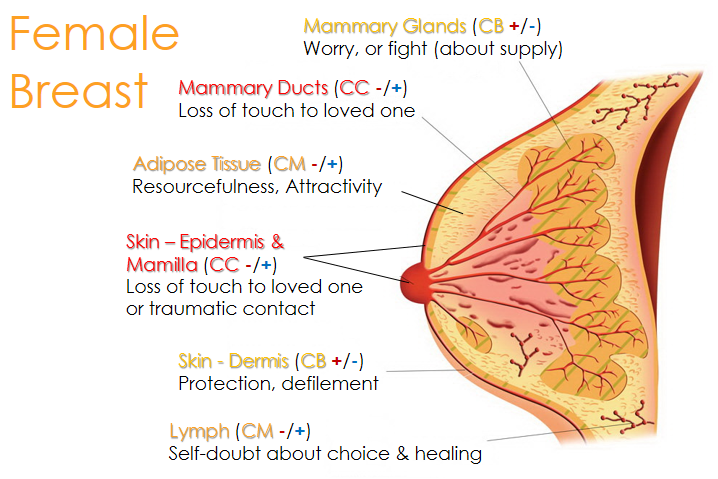
Hormones
Sex steroids, also known as gonadal steroids, are steroid hormones that interact with androgen or estrogen receptors.The term sex hormone is nearly always synonymous with sex steroid. The non-steroid hormones luteinizing hormone, follicle-stimulating hormone and gonadotropin-releasing hormone are usually not regarded as sex hormones, although they play major sex-related roles. Natural sex steroids are made by the gonads (ovaries or testes), by adrenal glands, or by conversion from other sex steroids in other tissue such as liver or fat. In general, androgens like testosterone are considered “male sex hormones”, since they have masculinizing effects, while estrogens and progestogens are considered “female sex hormones” although all types are present in each sex, albeit at different levels.
Other relevant hormones in sexual behaviour are
- Oxytocin, which is released in orgasm and in cuddling. It regulates stress and pain evaluation, and induces labours in childbirth.
- Vasopressin (Antidiuretic hormone ADH) narrows Vessels and promotes water retention (see KCT ). In men, it is also released after copulation, and causes bonding to the female partner – it is also called the “monogamy hormone”.
Both hormones are produced in the hypothalamus and the posterior pituitary.
The release of estrogen and testosterone is influenced by the territorial relays situated in the insular regions of the cerebral cortex: conflict activity in the left hemisphere decreases the release of estrogen, stress in the right insular hemisphere decreases the release of testosterone. Also oxytocin and vasopressin seem to play a major role in territorial conflicts and social behaviour.
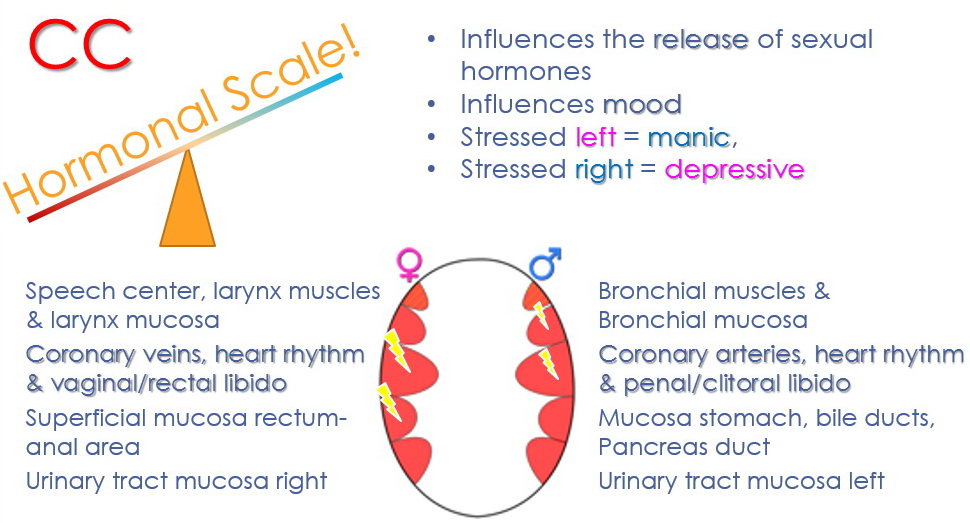
META-Organ tissues
From a META-Point of View we distinguish several organs and organ tissues in the reproductive system based on their unique stress-emotion-belief associations and brain relay locations.
- Navel – Umbilicus (BS +/-): Excretion, Expulsion
- Penis Glans and Foreskin (CC -/+): Sexual Contact
- Penis Cavernous Body (CM -/+): Sexual Self-Devaluation
- Penis Dermis and Sebaceous Glands (CB -/+): Protection of the Penis
- Prostate Gland (BS +/-): Caring Control, being in Charge, Manliness
- Prostate Ducts (CC -/+): Loss of Territory, Loss of Love
- Seminal Vesicle (CC -/+): Loss of Territory, Loss of Love
- Testicle – Hormone production (CM -/+): Loss of a dear person
- Testicle – Germ Cells (BS +/-): Loss of a family member
- Ovaries – Hormone Production (CM -/+): Loss of a dear person
- Ovaries – Germ Cells (BS +/-): Loss of a family member
- Uterus – Endometrium (BS +/-): Loss of a Person or Ugly Conflict with Sexual nuance
- Uterus – Fallopian Tubes (BS +/-): Loss of a Person or Ugly Conflict with Sexual nuance
- Uterus – Cervix & Mouth (CC -/+): Loss of Love, Sexual Frustration
- Uterus – Myometrium (MB +/-): Pregnancy or Family Self-Devaluation
- Vagina – Mucosa (CC -/+): Sexual Conflict
- Vagina – Bartholini Glands (CB +/-): Protection/Lubrication of Vagina
- Clitoris (CC/CM -/+): Sexual Self-worth, sexual contact, sexual position
- Mammary Gland (CB +/-): Caring, Worry, Argument
- Milk Ducts and Mamilla (CC -/+): Caring, Loss of Touch
The sexual hormone balance is influenced by the cortical relays for territorial and sexual perception:
- Larynx Mucosa & Muscle (CC -/+): Fear of competition, Speechlessness
- Bronchial Mucosa & Muscle (CC -/+): Fear of competition, Speechlessness
- Coronary Arteries (CC -/+): Loss of Territory, Loss of Love
- Coronary Veins (CC -/+): Loss of Territory, Loss of Love
- Rectum/Anal Mucosa & Sphincter (CC -/+): Identity, Territorial Anger
- Stomach, Duodenum, Gallbladder and Pancreas Mucosae (CC -/+): Identity, Territorial Anger
- Ureter, Bladder & Uretha Mucosae and Urethral Sphincter (CC -/+): Territory-Marking, Boundaries
The text links lead into the META-Wiki in MHI’s members portal
Study biological programming and how it can relate to mental and physical dis-ease to help the World be META-healthy!
pictures: MHI, metahealth4u.com
